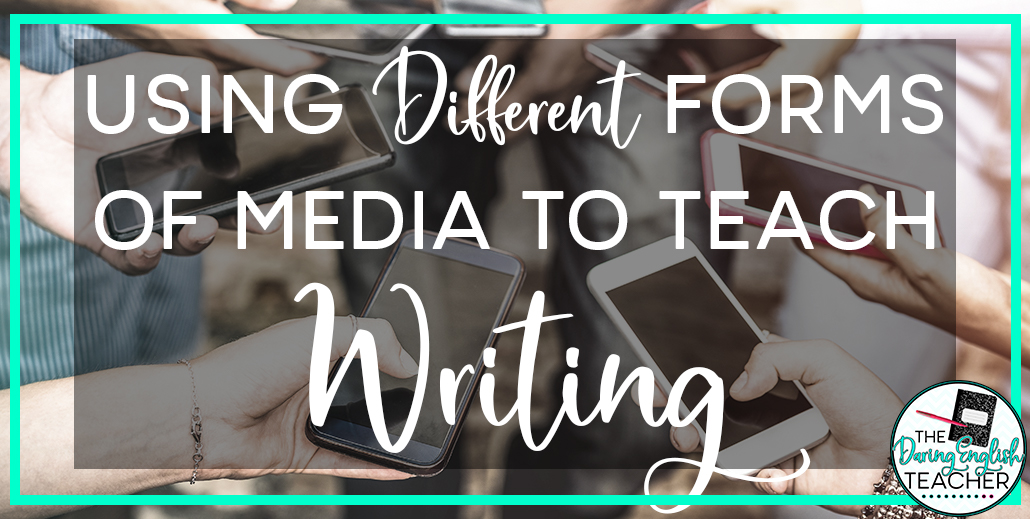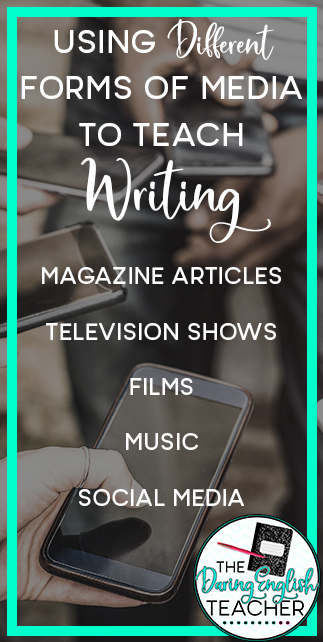With so many different forms of media readily accessible at the tap of a finger, teachers have lots of content from which to choose. Here are seven different forms of media that teachers can use to help teach writing to students.
Magazine articles
Magazines contain a variety of writing. From in-depth news stories to personal profiles, magazines offer lengthier text that provides readers with more detail. Showing your class the variety of stories that magazines publish can help students understand the different kinds of writing there are that can make an impact.
Students can use magazine articles as mentor texts for lengthier writing assignments that don’t fit the standard five-paragraph mold.
Television shows
Television show writing is a little different than the writing students may be used to, but there are still benefits from studying it. It may seem ridiculous to study television, as people often view TV solely for entertainment purposes. However, studying television writing is an excellent way to introduce your students to the concept of audience.
Students can learn how to write a good plot for a short story for a defined audience by studying a television episode. Characterization, point-of-view, and voice are also features of creative writing to learn from the television of today. Ask your students to notice what works in a show to make a good scene, and how they can incorporate these skills into their writing, fiction and non-fiction alike.
Films
Films are great mediums to study for writing purposes. Film writers are really in tune with writing the different scenes, characters, and dialogue, as that is always at the center of every film. There are a lot of great options to show your students how to write better creatively. You could even show some selected scenes from different movies for students to analyze if a full film will not fit in the class time.
Students can learn on film the same ideas and features from television, but with more of a depth, almost like what they would learn from reading a novel. Film has more time to develop characters and show more imagery that students can take from film writing and translate into their work of creative writing.
Music
While popular music often does not have lyrics that can translate into something more significant, as they are often repetitive and straightforward, some musicians and lyricists know how to write good music. They can transform the simplest of beats with lyrics that rival those poets of the Romantic Era.
Students can learn how to write great poetry by listening and focusing on the lyrics of popular songs of today. Maybe try pairing classic poetry and songs up together to allow students to see the similarities and to lead them in the right direction when writing their poetry.
Social media
Social media may not be something teachers would expect to teach in the classroom, and there is a mostly good reason for it. But, if you take the aspects of the positive parts of social media, like the fact that it is causing students to write more than they usually would, then you can craft a lesson that shows some of the benefits of social media, while also discussing its downfalls.
Students will be able to learn from social media how to write short and sweet pieces of copy, as most forms of social media rely on that short attention span. Social media can also teach students about creativity as they try to fit their writing to match that of a similar composure of it.



